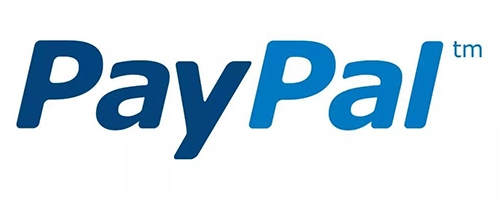- English
- Español
- Português
- русский
- Français
- 日本語
- Deutsch
- tiếng Việt
- Italiano
- Nederlands
- ภาษาไทย
- Polski
- 한국어
- Svenska
- magyar
- Malay
- বাংলা ভাষার
- Dansk
- Suomi
- हिन्दी
- Pilipino
- Türkçe
- Gaeilge
- العربية
- Indonesia
- Norsk
- تمل
- český
- ελληνικά
- український
- Javanese
- فارسی
- தமிழ்
- తెలుగు
- नेपाली
- Burmese
- български
- ລາວ
- Latine
- Қазақша
- Euskal
- Azərbaycan
- Slovenský jazyk
- Македонски
- Lietuvos
- Eesti Keel
- Română
- Slovenski
- मराठी
- Srpski језик
How to Resolve Production Bottlenecks in home appliance PCBA Processing?
2025-11-20
Production bottlenecks are a common challenge in home appliance PCBA (Printed Circuit Board Assembly) processing, impacting production efficiency and product quality. Resolving these bottlenecks is crucial for improving production efficiency and reducing production costs. This article will explore how to identify and resolve production bottlenecks in PCBA processing to achieve a more efficient production process.

1. Identifying Production Bottlenecks
Data Analysis
Identifying production bottlenecks first relies on data analysis. By collecting and analyzing production data such as production speed, equipment downtime, and failure rates, factories can identify bottlenecks. Using real-time monitoring systems and production data analysis tools can help managers identify weak links and inefficiencies in the production process.
Process Audit
A comprehensive review of the production process is also an important step in identifying bottlenecks. By examining each production link in detail, it is possible to identify processes that require improvement. For example, certain processes may be slow due to complex operations, outdated equipment, or insufficient staffing, leading to slow production and thus forming bottlenecks.
Employee Feedback
Employees are key participants in the production process, and their feedback can provide valuable information about production bottlenecks. Regularly communicating with production line employees to understand their operational issues and suggestions can help identify bottlenecks and propose improvement plans.
2. Resolving Production Bottlenecks
Optimizing Equipment Utilization
Equipment bottlenecks are often the primary cause of production bottlenecks. Optimizing equipment utilization can effectively resolve these bottlenecks. For example, by increasing equipment uptime, reducing equipment failures, and performing regular maintenance, factories can improve equipment efficiency. Furthermore, properly scheduling equipment production tasks and loads can help balance workloads on the production line.
Process Improvement
Improving production processes can mitigate the impact of bottlenecks. Lean Manufacturing methods offer effective tools and strategies, such as value stream mapping and 5S (sort, set in order, clean, standardize, and maintain). These methods can help factories identify and eliminate waste in production, improving process efficiency. Streamlining processes, reducing unnecessary operations, and improving process layout can effectively alleviate production bottlenecks.
Increasing Production Capacity
If a bottleneck is caused by insufficient production capacity, increasing capacity is one solution. For example, adding production lines, introducing more equipment, or expanding production space can boost overall production capacity. In addition, adopting automated production technology is an effective means of increasing production capacity. Automated equipment can improve production speed and accuracy, thereby alleviating bottlenecks.
Improving Employee Skills
Employee skills and operational proficiency directly impact production efficiency. If bottlenecks are caused by improper operation or insufficient skills, providing training and skills development is key to resolving them. Regular training can enhance employee operational capabilities, reduce production errors and downtime, and thus alleviate production bottlenecks.
Introducing Advanced Technology
Adopting advanced technology and equipment can effectively resolve production bottlenecks. For example, introducing automated production lines, intelligent inspection systems, and optimized manufacturing execution systems (MES) can improve production efficiency and quality. Advanced technology can reduce manual intervention, improve production accuracy, and speed up production, thereby alleviating production bottlenecks.
3. Continuous Monitoring and Improvement
Resolving production bottlenecks is not a one-time task but an ongoing process. Factories need to establish a continuous monitoring mechanism to regularly evaluate the performance of production processes and equipment. By continuously analyzing data, reviewing processes, and collecting employee feedback, factories can promptly identify new bottlenecks and implement appropriate improvement measures.
Conclusion
In the home appliance PCBA manufacturing process, identifying and resolving production bottlenecks is key to improving production efficiency and product quality. Bottlenecks can be identified through data analysis, process audits, and employee feedback. These bottlenecks can then be addressed through measures such as optimizing equipment utilization, improving processes, increasing capacity, enhancing employee skills, and introducing advanced technologies. Continuous monitoring and improvement are also crucial strategies for maintaining production efficiency. By combining these approaches, PCBA factories can effectively improve production efficiency and achieve higher levels of production operations.
-
Delivery Service






-
Payment Options









